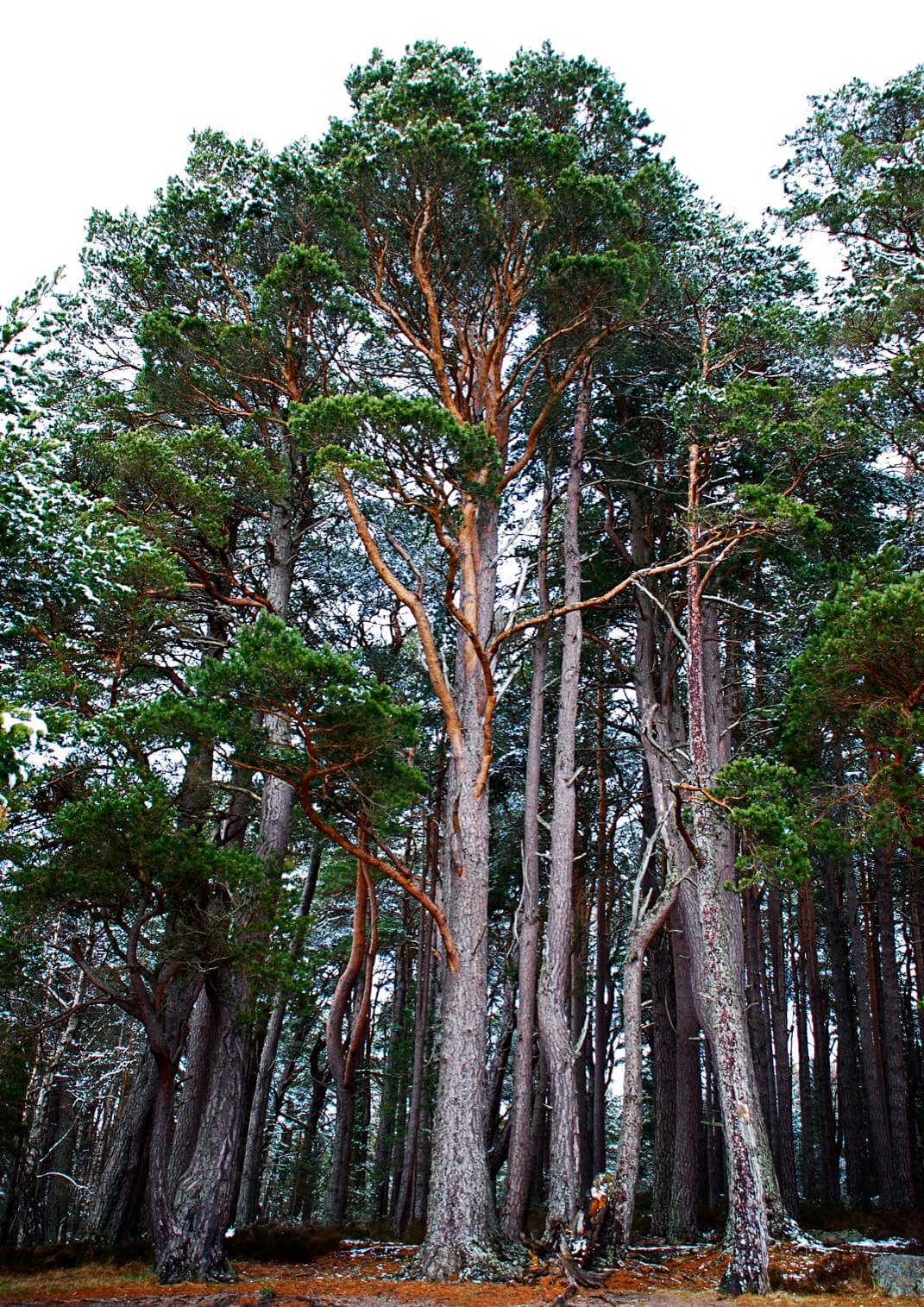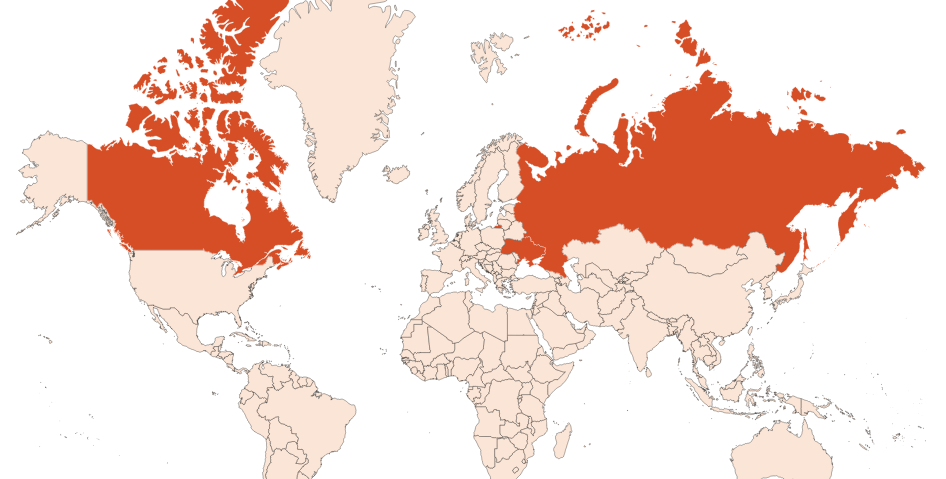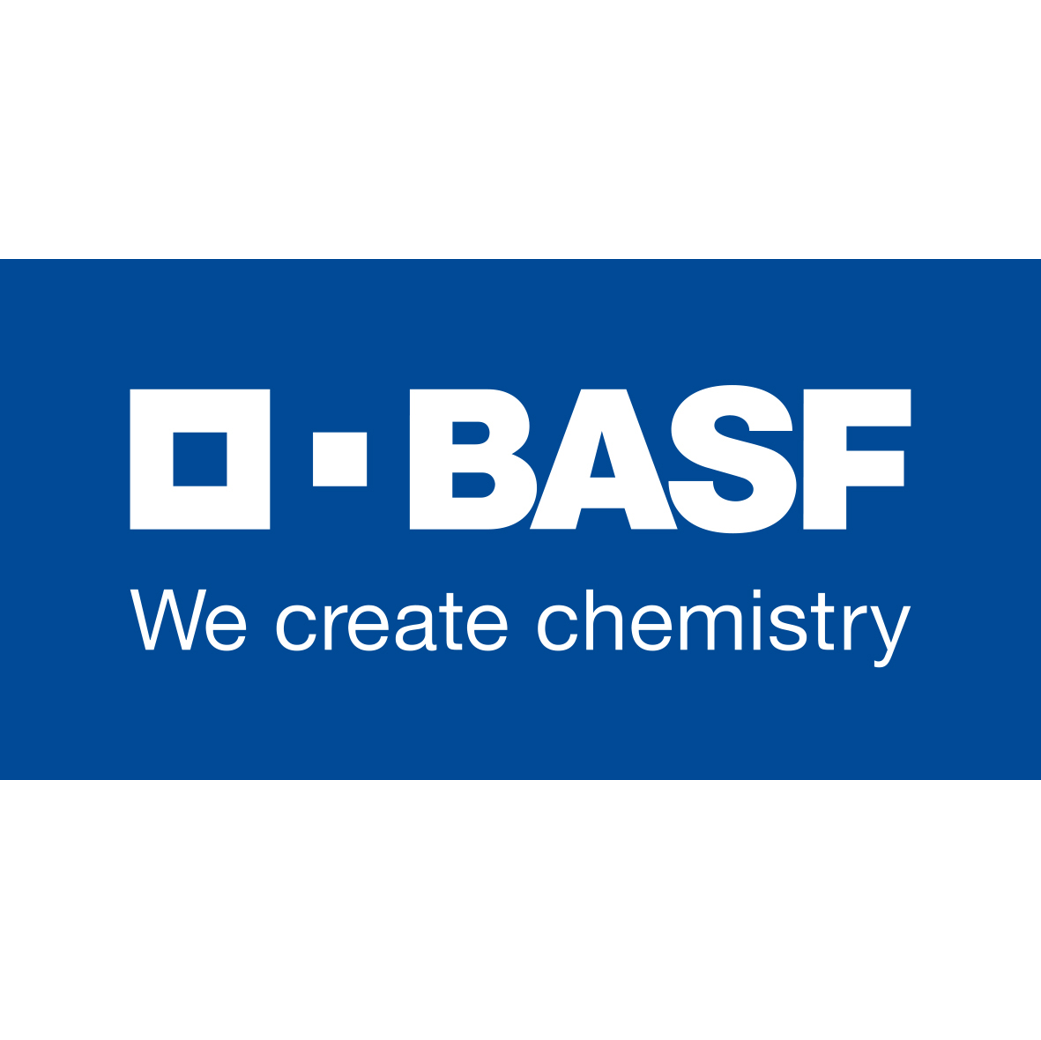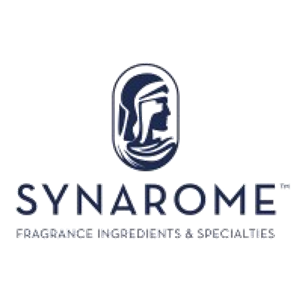
| Company | Ingredient Name | ID | Comments | Naturality | Certifications | MOQ | Latin name | Treated part | Geographical origin |
|---|---|---|---|---|---|---|---|---|---|
|
|
PINE NEEDLE ABS | 973814 |
Visit website
|
Naturals | - | PINUS SYLVESTRIS | - | - | |
|
|
PINE NEEDLE ABS VULCAIN | 973817 |
Visit website
|
Naturals | - | PINUS SYLVESTRIS | - | - |
General Presentation
-
CAS N° :
8023-99-2 -
EINECS number :
84012-35-1 -
FEMA number :
2906
-
Volatility :
Base -
Price Range :
€€€€
Physico-chemical properties
-
Appearance :
Dark green liquid -
Density :
-
Refractive Index @20°C :
Data not available. -
Optical rotation :
-
Vapor pressure :
Data not available. -
Flash Point :
Data not available. -
Acid Value :
Botanical informations
Botanical name :
Pinus sylvestris L.
Synonyms : Pinus erzeroomica Calvert ex Godr. // Pinus sylvestris f. aurea (A.H.Kent) Beissn.
Botanical profile :
Scots pine is a species of pine of the Pinaceae family and the genus Pinus L.
Chemotypes :
The Pinus L. genus includes nearly 380 different species of pine, though only a few are used in perfumery. Notable examples include:
- Pinus sylvestris L.: Scots Pine Needle Essential Oil / Scots Pine Needle Resinoid, found throughout the Northern Hemisphere
- Pinus palustris Mill.: Pine Tar Essential Oil, found mainly in the eastern United States
- Pinus pumila (Pall.) Regel: Dwarf Siberian Pine Needle Essential Oil, found mainly in eastern Russia
- Pinus pinaster Aiton: Maritime Pine Essential Oil, found mostly in Europe and southern Australia
- Pinus nigra J.F.Arnold: Black Pine Essential Oil, found mainly in Europe and the United States
White Pine (Pinus strobus), Red Pine (Pinus resinosa), Jack Pine (Pinus divaricata), and Ponderosa Pine (Pinus ponderosa) are all species native to North America.
The main distinction between a pine (Pinus L.) and a fir (Abies Mill.) lies in the arrangement of their needles: pines bear needles in clusters of two, three, or five, whereas fir needles are attached singly along the branch.
Extractions & Uses
Extraction process :
Scots pine can grow up to 40 metres high on poor, siliceous soils. The part treated to obtain the essential oil of Scots pine is its branches of needles. The tree is generally grown from July to September in Siberia. The month of harvest can have an influence on the composition of the essential oil.
Whole trees are uprooted in order to easily separate the needle branches from the wood of the tree, that is used in other industries. Generally, machines used to uproot trees also make it possible to ''shave '' the trunk and remove branches and twigs.
At the factory, the needle branches are directly introduced into the extractor. A first extraction takes place, using hexane. This solvent makes it possible to obtain a pine concrete in a few hours, following the removal of the branches from the extractor, and the solvent by evaporation. This concrete is then chilled in alcohol, imposing a temperature ramp from 60°C to 0°C to the mixture to precipitate the waxes. By filtration, then evaporation of the solvent, the pine absolute is obtained.
Often, the resin of the wood is used to extract Turpentine EO, which has a high added value and a stronger smell. In addition, steam distillation of the dried twigs makes it possible to obtain Scots Pine EO.
Uses in perfumery :
Used in leather, woody and oriental notes, to bring a sweet and oriental facet.
Stability :
Terpenes present in this essential oil are subjected to polymerization under the effect of a strong oxydation.
Major Components :
Data not available.

Photo credits: ScenTree SAS
Other comments :
The difference between a pine tree and a fir tree is made in the grouping of their needles. In the case of pine, they are grouped and attached to the branches. In the case of fir, they are independently attached to the branches.
Very often, pine essential oil and turpentine oil allow the extraction of various terpenes such as pinene, carene and many others.
Volatile solvent extraction of a pine brings a very different chromatographic profile as for an essential oil. The resulting smell is warmer, more caramelized and less terpenic than an essential oil.
IFRA
IFRA 51th :
This ingredient is restricted by the 51th amendment
















